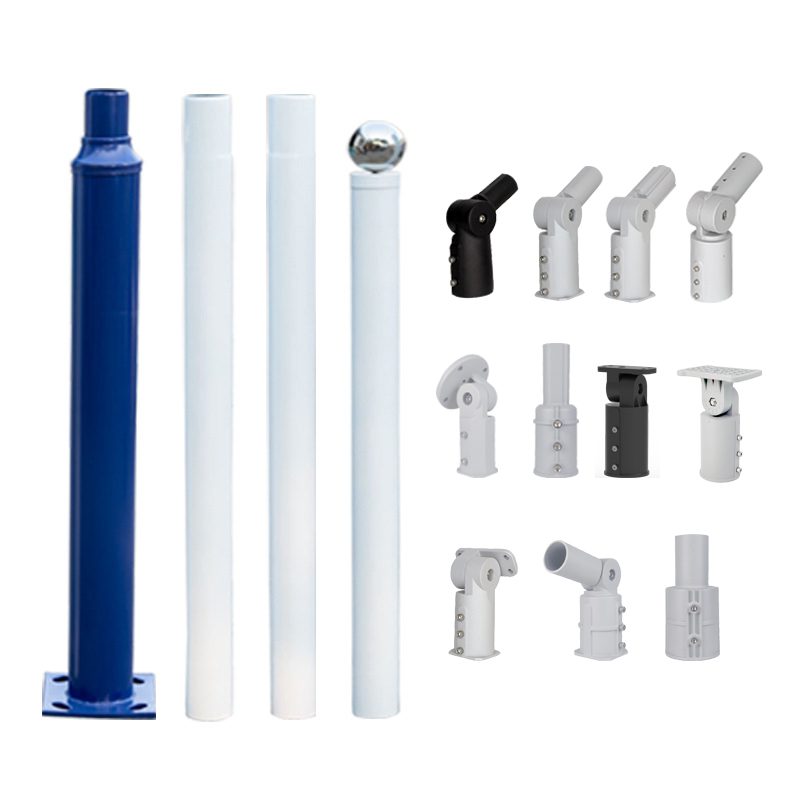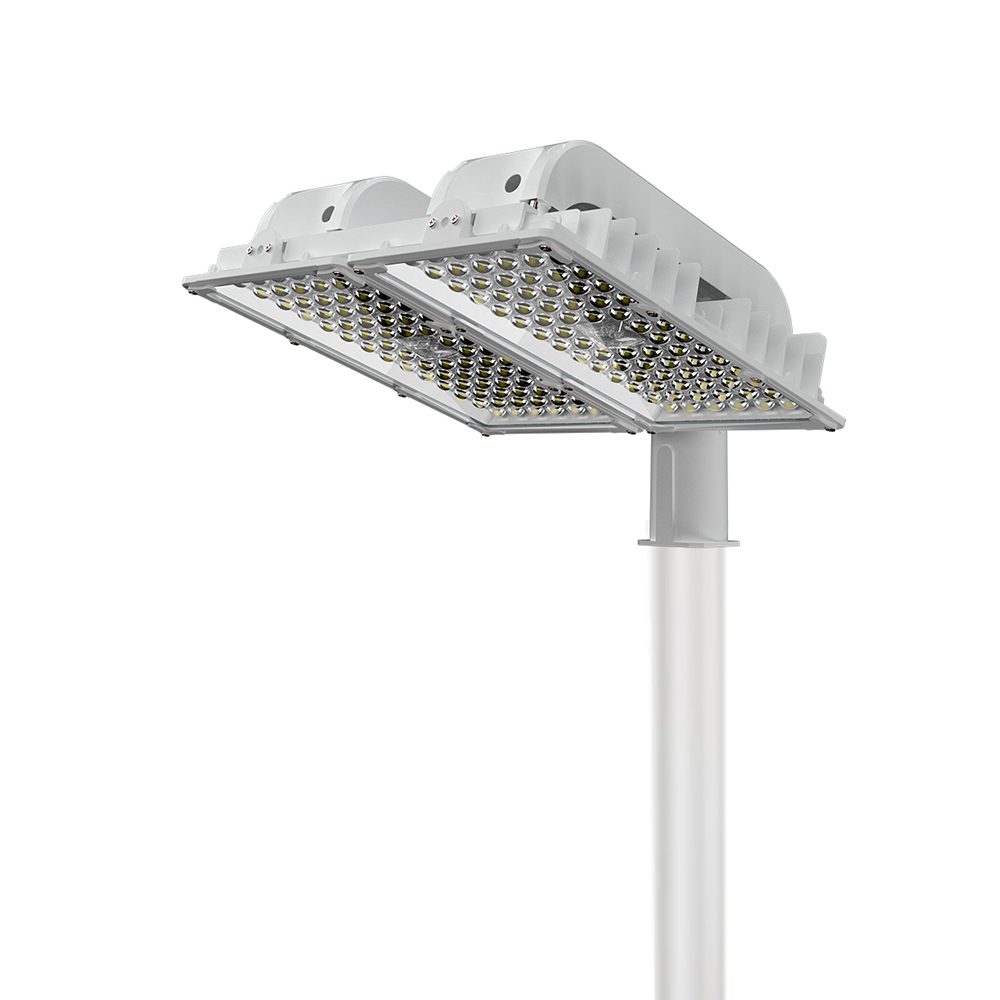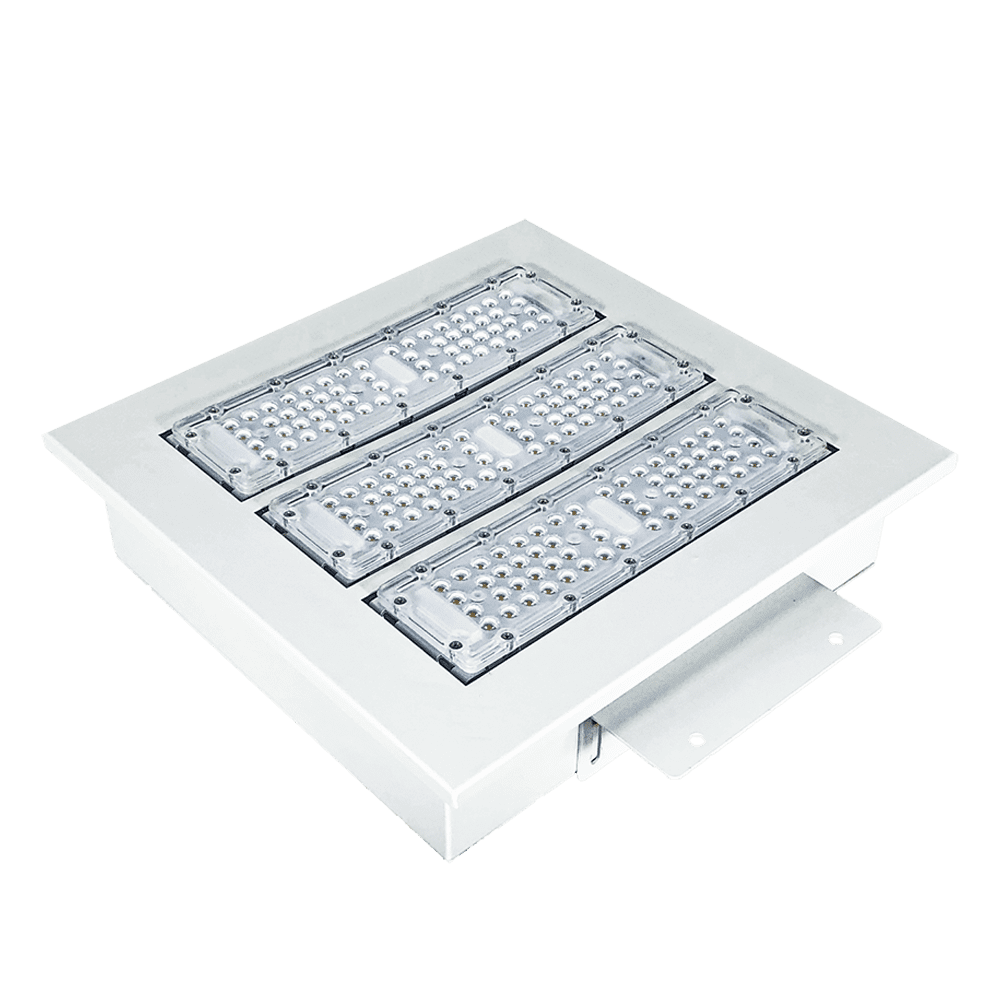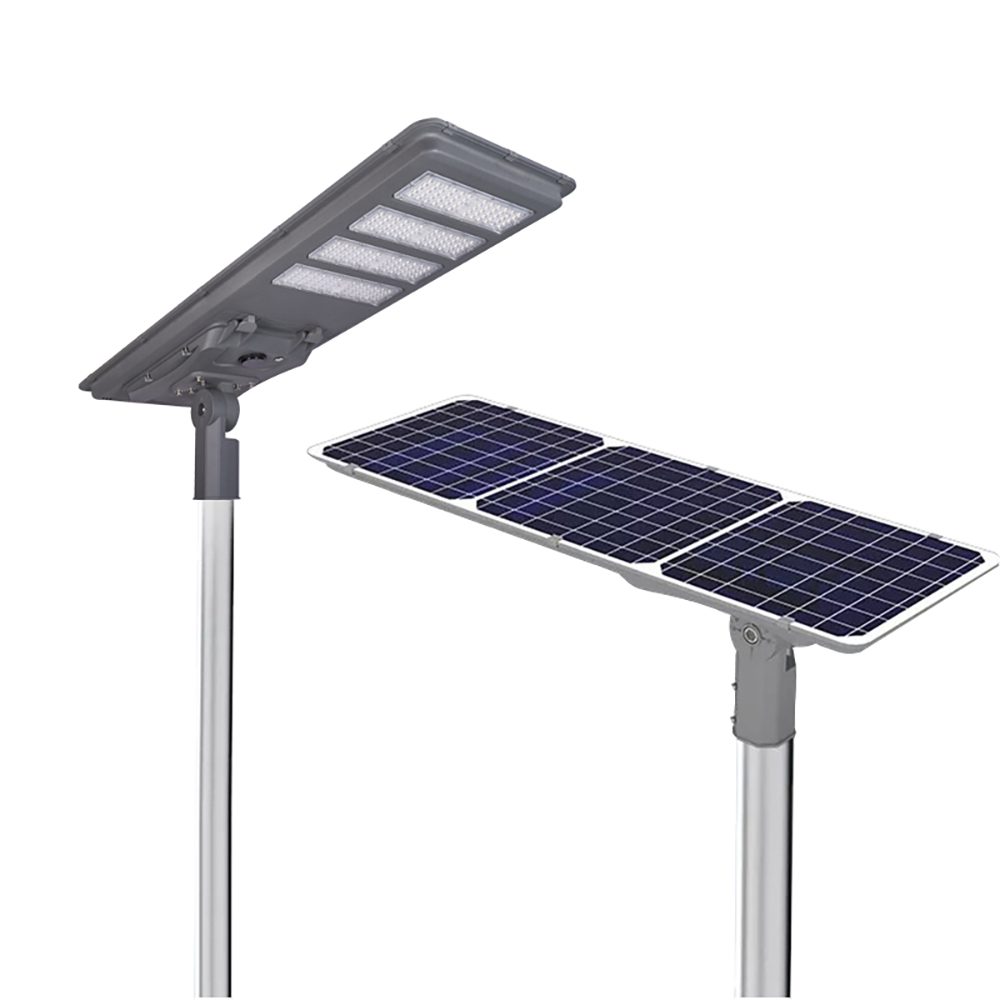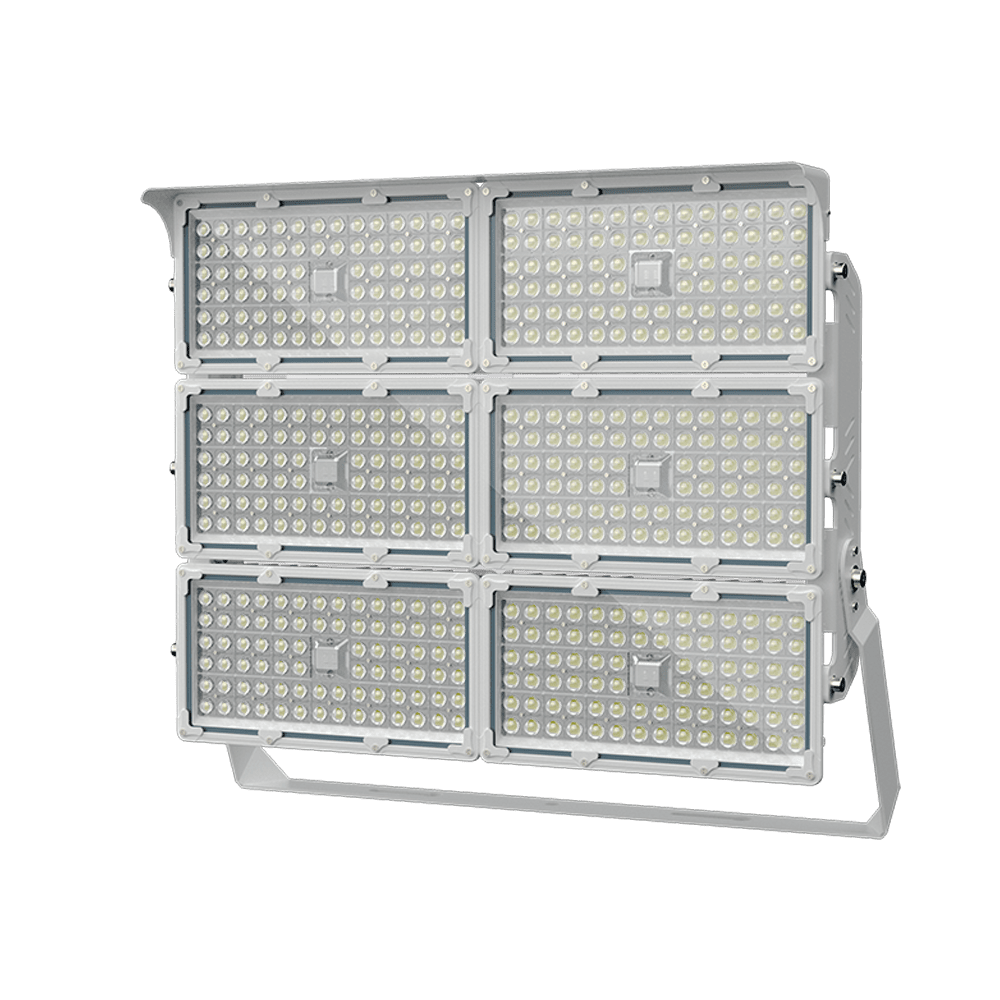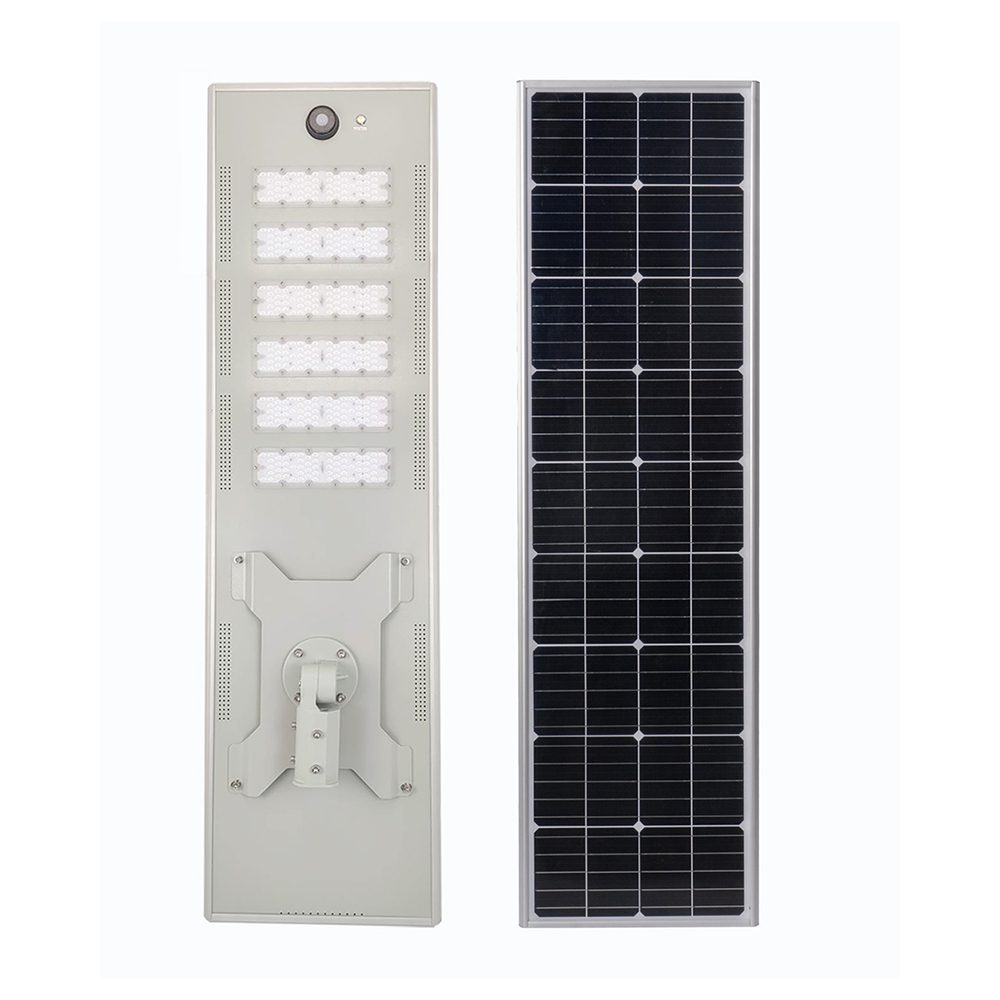Solar street lights are becoming increasingly popular in modern cities and rural areas. They are not only environmentally friendly but also superior to traditional electric street lights in many ways. This article explores how to choose the right solar street lights for your home and compares the benefits of both lighting options.
How to Choose Solar Street Lights
1.Light Source Type
Opt for solar street lights with LED light sources, as they provide high brightness, energy efficiency, and a long lifespan.
2.Solar Panel
Ensure the solar panel has sufficient power, typically above 20W, to guarantee good lighting performance. The material and conversion efficiency of the panel are also important; monocrystalline silicon usually performs better.
3.Battery Capacity
Choose a battery with a larger capacity, generally above 12V, to ensure sufficient lighting time even on cloudy or rainy days.
4.Pole Height and Material
The height of the pole should be based on lighting needs, usually between 3-5 meters. For durability, materials like galvanized steel or aluminum alloy are recommended for outdoor use.
5.Smart Control System
Some solar street lights come with intelligent sensing systems that can automatically adjust brightness based on ambient light or human traffic, enhancing energy efficiency.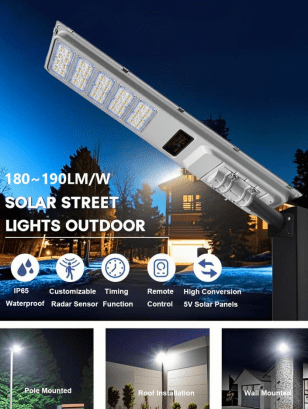
Water Resistance Rating
Ensure the fixture has at least an IP65 water resistance rating to function properly in various weather conditions.
Comparison of Solar Street Lights and Electric Street Lights
1.Environmental Impact
Solar street lights use renewable energy, reducing carbon dioxide emissions, while electric street lights often rely on fossil fuels, making them less environmentally friendly.
2.Operating Costs
Solar street lights do not incur electricity costs. Although the initial installation may be higher, they save significant amounts on electricity bills in the long run. Electric street lights, on the other hand, generate ongoing electricity expenses.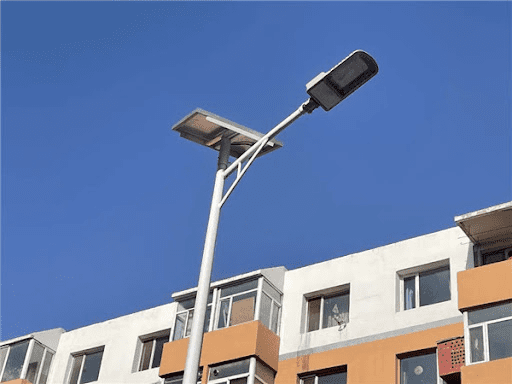
3.Installation Flexibility
Solar street lights can be installed without complex wiring, making them suitable for remote areas or locations without access to electric power. Electric street lights require additional infrastructure support.
4.Maintenance Costs
Solar street lights generally have lower maintenance needs, typically requiring only regular cleaning of solar panels and inspections of the fixtures. In contrast, electric street lights may need frequent cable maintenance and bulb replacements, leading to higher maintenance costs.
5.Lighting Effectiveness
High-quality solar street lights are approaching the lighting effectiveness of electric street lights, but their illumination duration may be limited in extreme weather conditions. Electric street lights provide more consistent lighting.
Installing solar street lights is a wise choice, as it not only reduces electricity expenses but also contributes to environmental protection. When selecting the right solar street lights, pay attention to factors like the light source, solar panel, and battery capacity to ensure optimal lighting performance. Compared to electric street lights, solar street lights offer clear advantages in flexibility, maintenance costs, and environmental impact, making them a worthy investment in lighting solutions.

